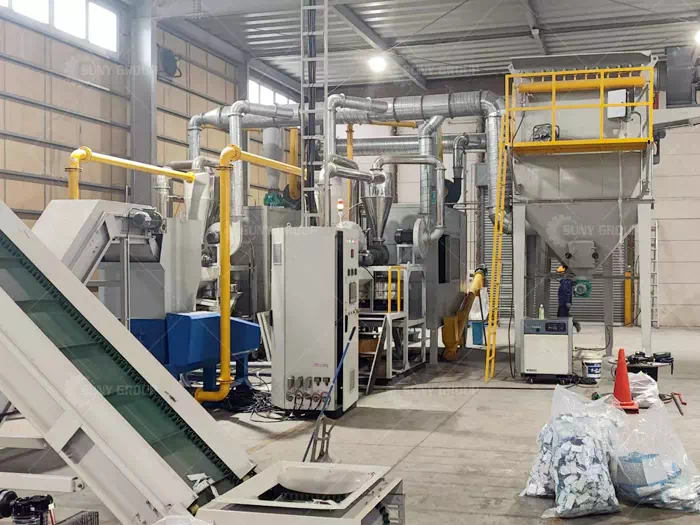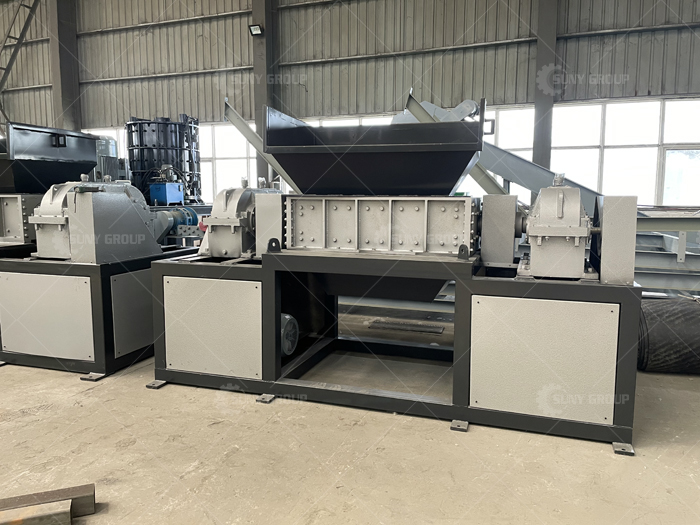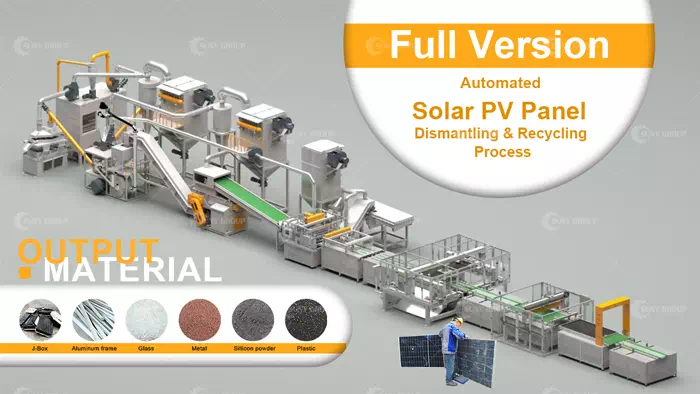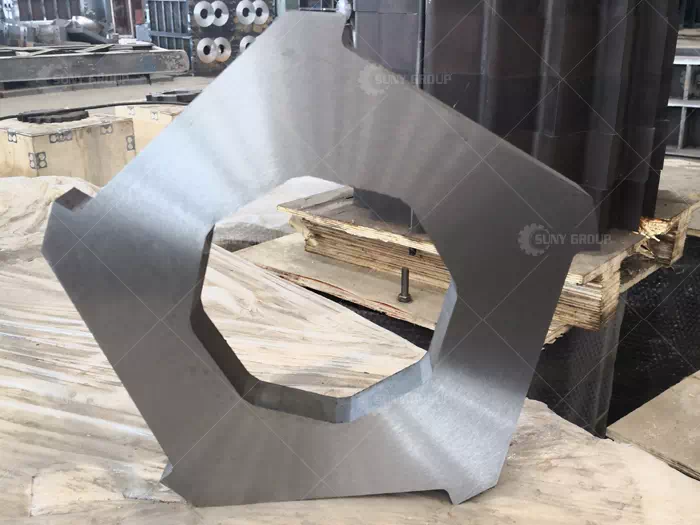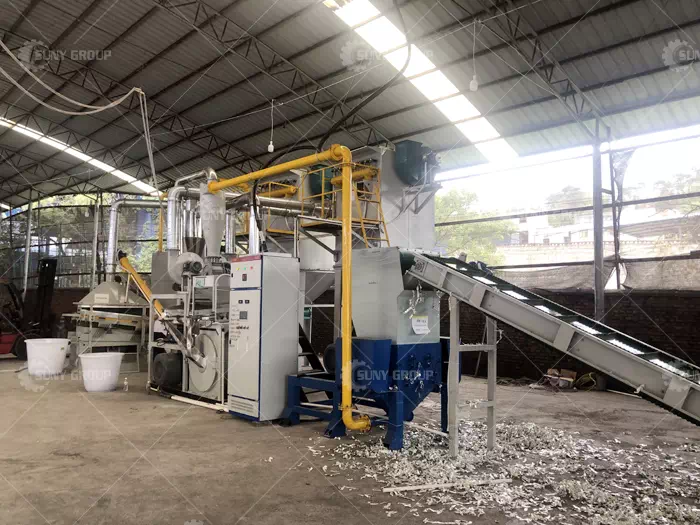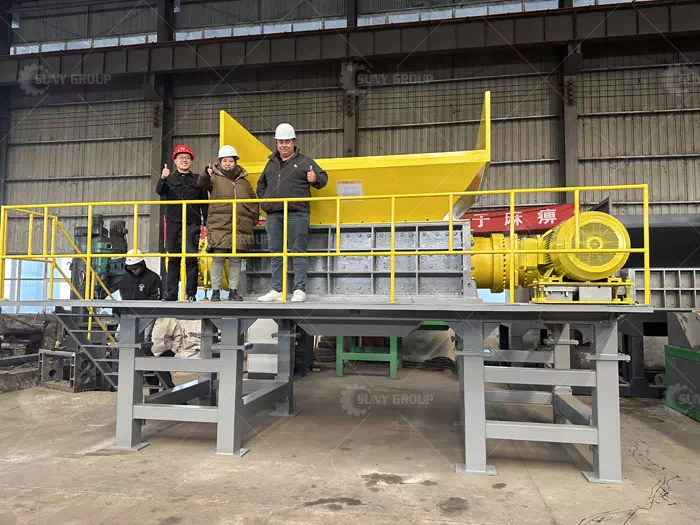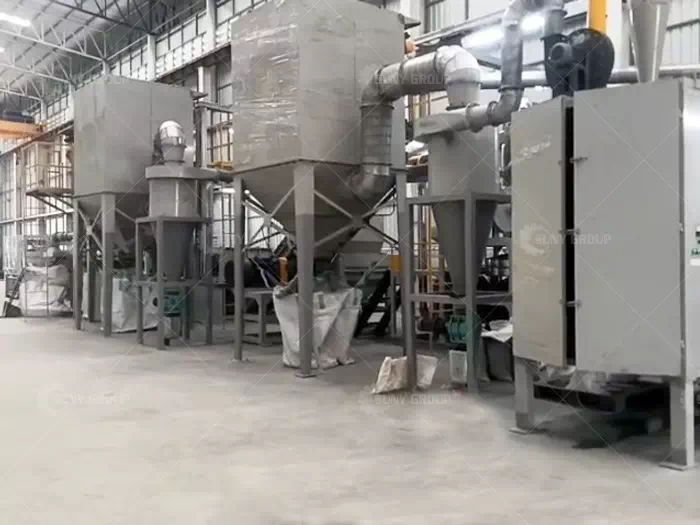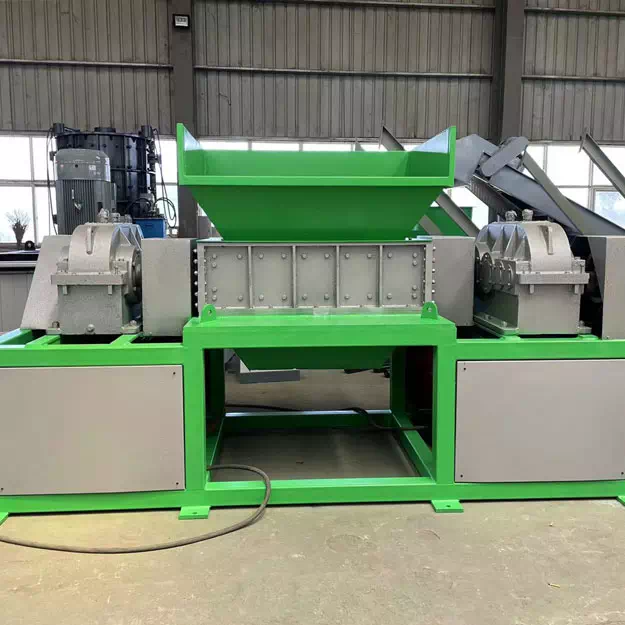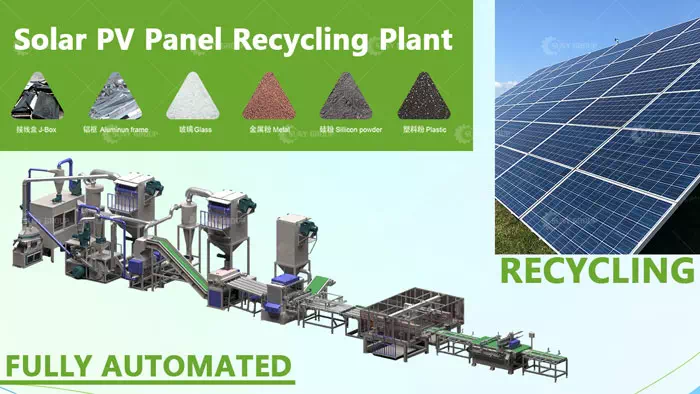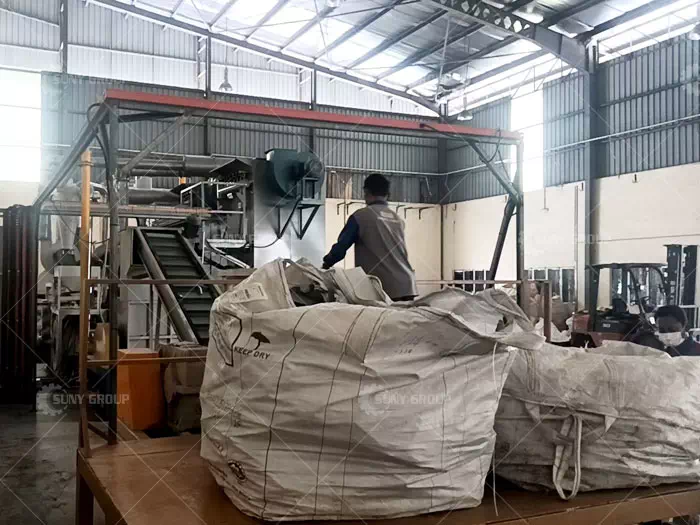Recycling and treatment of waste cans has become an important task for environmental protection and resource recovery in modern society. Paint removal is one of the key steps in the treatment of easy-open cans, and its purpose is to completely remove the paint from the surface of cans for further recycling and reuse.
Continuous Carbonization Oven is an innovative equipment for can paint removal, which not only can turn waste cans into treasure but also can increase economic benefits. This equipment operates under oxygen-free conditions, which can maximize the protection of cans’ aluminum alloy oxidation difficulty, and does not produce secondary pollution. At the same time, the continuous carbonization furnace can also realize continuous mass production and improve processing efficiency. The following are the main features of this equipment:
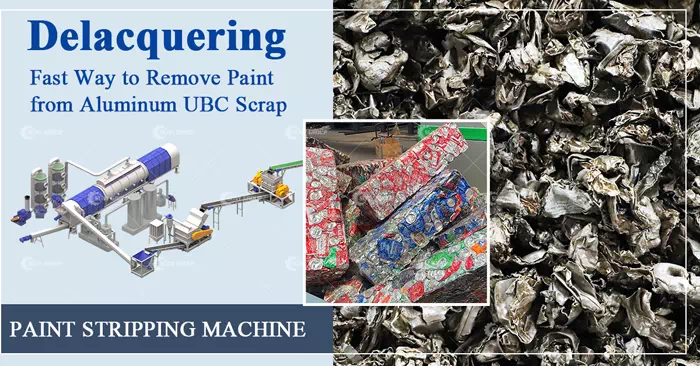
UBC scrap charring and paint removal process equipment
Oxygen-free environment: The continuous carbonization furnace maintains oxygen-free conditions during operation, preventing the oxidation of canned aluminum alloy, thus protecting its quality and performance.
No Secondary Pollution: The design of the equipment makes it possible to dispose of used cans without generating secondary pollutants, which is in line with the requirements of environmental protection.
Continuous large-scale production: The continuous carbonization furnace is capable of continuous large-scale production, which improves the processing efficiency and capacity.
Economic benefits: By converting used cans into valuable aluminum materials, the Continuous Carbonization Furnace not only realizes the reuse of resources but also brings economic benefits.
Continuous Carbonization Furnace is an innovative technology to remove paint from cans. Using carbonization, paint is removed from the surface of cans, protecting the aluminum can body and enabling the reuse of used cans. The application of these technologies not only helps environmental protection and resource recycling but also creates economic benefits. If you are interested or want to know more video information, please feel free to contact us for consultation.




